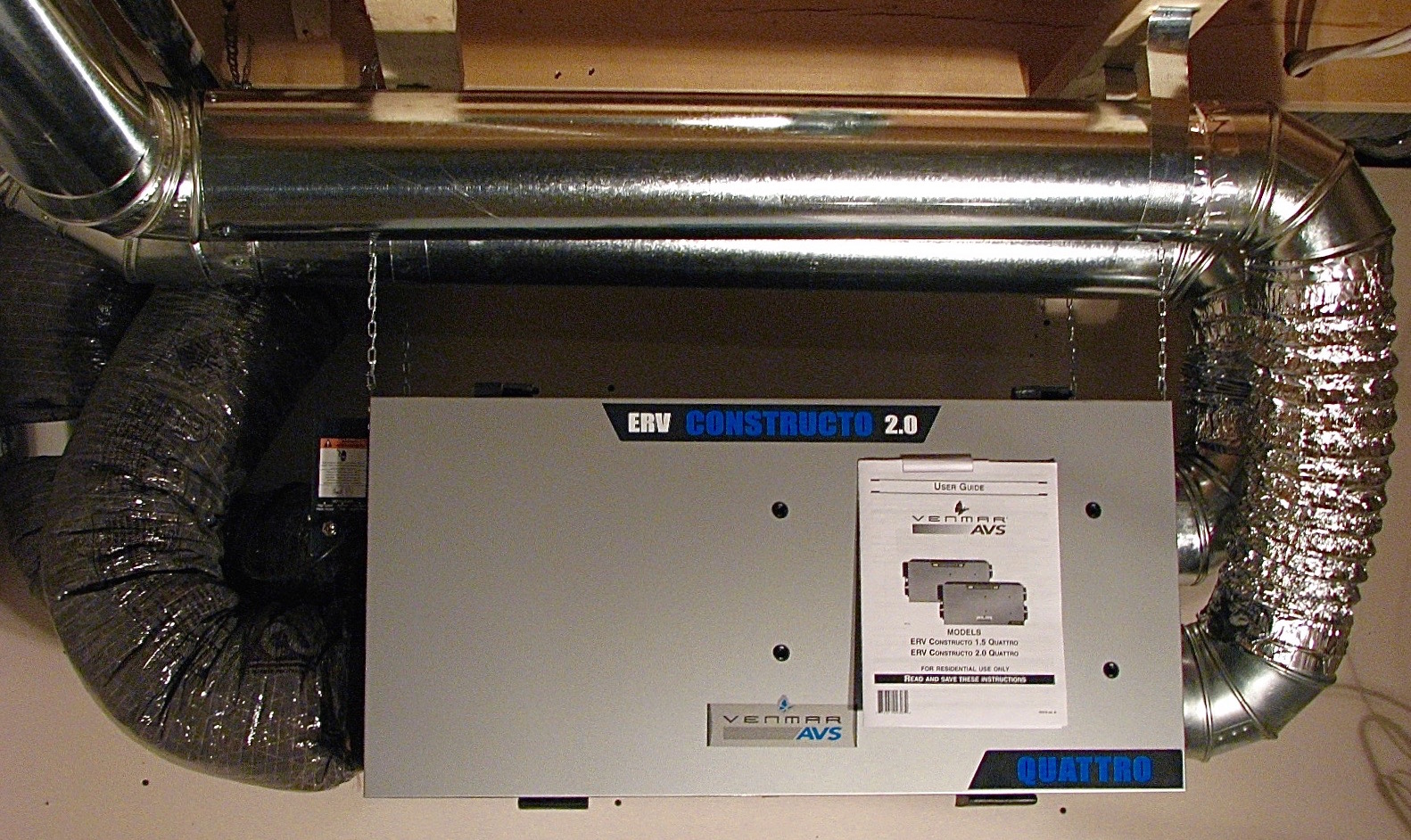Why Use HRV and How It Works
The All-Inclusive Guide to the Uses of Heat Recovery Ventilation in Modern Structures
Heat Recovery Ventilation (HRV) systems represent a significant advancement in constructing innovation (HRV Heat Recovery Ventilation). They offer a method for exchanging stagnant indoor air with fresh exterior air while reducing power loss. This method not just boosts indoor air high quality but likewise contributes to energy performance in both property and business buildings. Comprehending the numerous applications and benefits of HRV can disclose its crucial duty in modern style and sustainability initiatives. The implications of this innovation are worth exploring additionally
Recognizing Heat Recovery Ventilation Systems

Many contemporary structures focus on power efficiency, understanding heat recuperation air flow (HRV) systems is vital for enhancing indoor air quality and reducing power usage. HRV systems function by transferring heat from stale indoor air to incoming fresh air, successfully maintaining comfy interior temperature levels while reducing power loss. These systems consist of a heat exchanger, fans, and ductwork that facilitate the circulation of air. During winter, HRV units capture and reuse warm from the outbound air, while in summertime, they can help cool down inbound air. By continually trading air, HRV systems likewise minimize humidity and the concentration of indoor pollutants. Correct installation and upkeep of HRV systems are important for their efficiency and effectiveness in boosting general building efficiency and convenience.
Benefits of Heat Recovery Ventilation
Heat recovery ventilation systems supply countless advantages that improve both energy performance and indoor air quality in modern-day structures. By capturing and recycling power from exhaust air, these systems greatly lower cooling and heating prices, causing lower power consumption. They preserve a steady flow of fresh outdoor air, decreasing the danger of interior air contaminants and irritants. This constant exchange aids control moisture levels, protecting against mold and mildew development and ensuring a much healthier living setting. Furthermore, HRV systems contribute to sustainability objectives by decreasing general carbon footprints. Their capacity to enhance ventilation without giving up thermal convenience makes them a beneficial enhancement to contemporary building layout, promoting both financial and ecological advantages.
Applications of HRV in Residential Structures
As property owners increasingly prioritize energy effectiveness and interior air top quality, the applications of warm recovery ventilation (HRV) systems in property structures have become a lot more widespread. HRV systems are particularly useful in snugly sealed homes, where keeping fresh air blood circulation is essential for preventing wetness buildup and interior pollutants. They efficiently transfer warm from outgoing stale air to incoming fresh air, reducing energy expenses related to heating & cooling. Additionally, HRVs can boost comfort degrees by controling humidity and temperature level. They are additionally versatile for numerous property designs, consisting of single-family homes and multi-unit buildings. On the whole, integrating HRV systems supports lasting living methods while making sure a much healthier indoor atmosphere for residents.
HRV in Business and Commercial Setups
In industrial and industrial setups, the execution of warmth recovery ventilation (HRV) systems has ended up being progressively crucial for optimizing energy efficiency and preserving air quality. These systems efficiently move warmth from exhaust air to incoming fresh air, reducing the demand for extra heating or air conditioning. This not only lowers power prices but likewise adds to sustainability initiatives. Industries such as manufacturing, warehousing, and workplace structures benefit greatly from HRV systems, as they aid manage temperature and humidity degrees, guaranteeing a comfy and effective atmosphere. Additionally, HRV systems help in eliminating contaminants and excess dampness, boosting interior air top quality. As guidelines around air high quality come to be stricter, the fostering of HRV click here for info innovation is likely to expand, making it an essential component of contemporary commercial and industrial infrastructure.
Future Patterns in Heat Recovery Ventilation Innovation

Regularly Asked Inquiries
How Does Heat Recovery Ventilation Impact Indoor Air High Quality?
Heat recovery ventilation greatly boosts interior air high quality by constantly exchanging stagnant interior air with fresh outdoor air while recuperating power. This procedure reduces pollutants, preserves perfect moisture degrees, and guarantees a healthier atmosphere for occupants.
Can HRV Solutions Be Mounted in Existing Buildings?
HRV systems can undoubtedly be set up in existing buildings. Retrofitting may require alterations to ductwork and air flow formats, however it substantially enhances power efficiency and indoor air top quality, making it a sensible alternative for older structures.
What Upkeep Is Required for HRV Solutions?

Exist Details Climates Where HRV Is More Efficient?
Heat recovery ventilation systems are specifically efficient in environments with significant temperature differences between seasons. These systems maximize energy performance by recovering warm from exhaust air, making them suitable for both cold and moderately warm settings.
Exactly How Do HRV Solutions Affect Energy Expenses?
